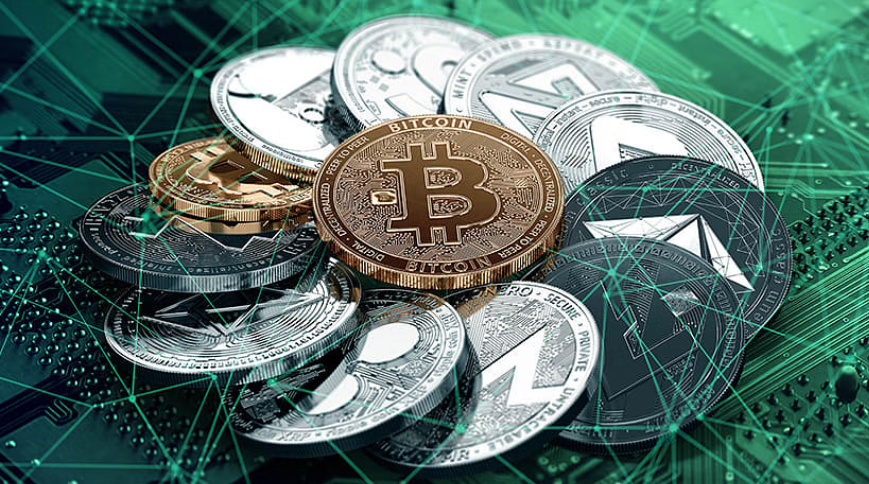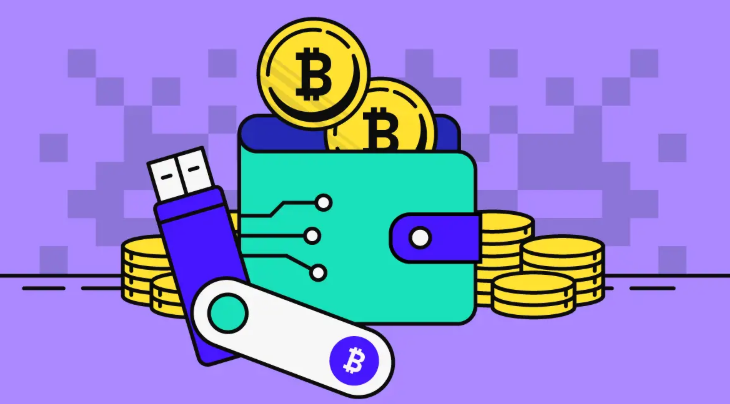Crypto Mining Explained: How Digital Coins Are Created
Introduction to Crypto Mining
Cryptocurrency mining is one of the most intriguing yet complex concepts within the digital currency ecosystem. It’s the essential process behind the creation and verification of digital coins like Bitcoin and Ethereum, enabling decentralized transactions without the need for a trusted central authority. But what exactly is crypto mining, and how are digital coins created through this method? This article dives deep into the mechanics of crypto mining, breaking down technical jargon into simple, easy-to-understand language.
What Is Cryptocurrency?
Cryptocurrency is a form of digital or virtual money secured by cryptography, making it nearly impossible to counterfeit or double-spend. Unlike traditional currencies, cryptocurrencies operate on decentralized platforms called blockchains, which ensure transparency and security.
See also: https://be1crypto.net/how-to-buy-and-store-cryptocurrency-safely/
Origins and Evolution of Digital Coins
The concept of digital money dates back decades, but it was the introduction of Bitcoin in 2009 by an anonymous developer known as Satoshi Nakamoto that revolutionized finance. Since then, thousands of cryptocurrencies have emerged, with many relying on mining as their foundational process.
Popular Cryptocurrencies That Use Mining
Bitcoin is the most famous example, but others like Litecoin, Bitcoin Cash, and Monero also depend heavily on mining to validate transactions and maintain their blockchain networks.
Understanding the Basics of Crypto Mining
What Does Crypto Mining Mean?
At its core, crypto mining is the process of validating and recording new transactions on the blockchain. Miners use powerful computers to solve complex mathematical puzzles, ensuring that transactions are legitimate and preventing fraud.
The Role of Miners in the Cryptocurrency Network
Miners act as the network’s accountants, maintaining the ledger by grouping verified transactions into blocks and linking them sequentially to form a chain — hence, the blockchain. In return, they are rewarded with newly created coins and transaction fees.
How Are Digital Coins Created Through Mining?
The Mining Process: Step-by-Step
Mining isn’t just about creating coins; it’s a multi-step operation crucial to network security and transparency.
Transaction Verification
Whenever someone sends cryptocurrency, the transaction needs to be checked for authenticity — making sure the sender has enough funds and isn’t attempting to spend the same coin twice.
Solving Cryptographic Puzzles
Miners compete to solve a mathematical puzzle known as the “proof of work.” This involves finding a specific hash value — a seemingly random string generated by cryptographic algorithms — that meets the network’s difficulty criteria.
Adding Blocks to the Blockchain
The first miner to solve the puzzle broadcasts the solution to the network. Once confirmed, the validated block of transactions is added to the blockchain, and the miner receives their reward in the form of new coins.
Key Technologies Behind Crypto Mining
Blockchain Technology Overview
Blockchain is a decentralized ledger technology that securely records all transactions. It ensures immutability, transparency, and consensus among all network participants.
Cryptographic Hash Functions
Hash functions take input data and produce a fixed-size string of characters, which appears random. These hashes link blocks together and ensure data integrity.
Proof of Work Consensus Mechanism
Proof of Work (PoW) requires miners to perform computational work to solve puzzles, securing the network and preventing double-spending.
Alternative Mining Methods: Proof of Stake and Others
While PoW is dominant, some cryptocurrencies use Proof of Stake (PoS), where validators are chosen based on their coin holdings, drastically reducing energy consumption.
Hardware Used in Crypto Mining
CPUs, GPUs, and ASICs: What’s the Difference?
- CPUs (Central Processing Units): Initially used for mining but now largely obsolete due to low efficiency.
- GPUs (Graphics Processing Units): More powerful and capable of handling multiple calculations simultaneously.
- ASICs (Application-Specific Integrated Circuits): Specialized hardware designed exclusively for mining, offering the highest performance.
Mining Rigs and Equipment Setup
Setting up a mining rig involves selecting the right hardware, cooling systems, power supply, and software configuration to maximize efficiency.
The Economics of Crypto Mining
Mining Rewards and Incentives
Miners earn cryptocurrency rewards for each successfully mined block, supplemented by transaction fees paid by users.
Mining Difficulty and Its Impact
As more miners join, the network adjusts difficulty to maintain block time, affecting profitability.
Energy Consumption and Cost Factors
Mining demands significant electricity, impacting costs and environmental concerns.
Environmental Concerns Surrounding Crypto Mining
Energy Usage and Carbon Footprint
PoW mining has been criticized for high energy consumption and environmental impact.
Solutions and Innovations for Sustainable Mining
Efforts include renewable energy mining, more efficient hardware, and alternative consensus mechanisms like PoS.
Risks and Challenges in Crypto Mining
Mining Pool Centralization
Pooling resources can lead to centralization, posing risks to blockchain security.
Security Risks and 51% Attacks
If one entity controls more than half the network’s hash rate, they can manipulate transactions.
Regulatory and Legal Challenges
Governments worldwide vary in their stance on mining, influencing its legality and feasibility.
How to Start Mining Cryptocurrency
Choosing the Right Cryptocurrency to Mine
Consider coin value, mining difficulty, and hardware compatibility.
Setting Up Your Mining Hardware
Select and assemble appropriate mining equipment.
Joining Mining Pools
Mining solo is tough; pools combine power for steadier rewards.
Software and Configuration
Mining software connects hardware to the network and pools.
Future of Crypto Mining
Emerging Trends and Technologies
Quantum computing and AI may influence mining efficiency.
The Shift Towards More Eco-Friendly Consensus Mechanisms
Many networks are transitioning from PoW to greener models.
Frequently Asked Questions (FAQs)
What is the difference between mining and trading crypto?
Mining involves creating new coins and verifying transactions; trading is buying and selling existing coins.
Can anyone mine cryptocurrency?
Yes, but profitability depends on hardware, electricity costs, and the chosen coin.
Is crypto mining profitable in 2025?
Profitability varies; advances in technology and market prices are key factors.
How does mining affect the price of cryptocurrencies?
Mining supply influences coin availability; higher mining activity can affect prices.
What happens if mining becomes too difficult?
Mining becomes less profitable, possibly pushing miners out, reducing network security.
Are there any cryptocurrencies that don’t require mining?
Yes, coins using Proof of Stake or other consensus mechanisms don’t need mining.
Conclusion: The Significance of Crypto Mining Today
Crypto mining remains vital in securing digital currencies, supporting decentralization, and enabling trustless transactions. Despite challenges like energy consumption, ongoing innovations promise a more sustainable and efficient future. Understanding how digital coins are created through mining offers valuable insight into the workings of modern finance and the revolutionary potential of blockchain technology.

